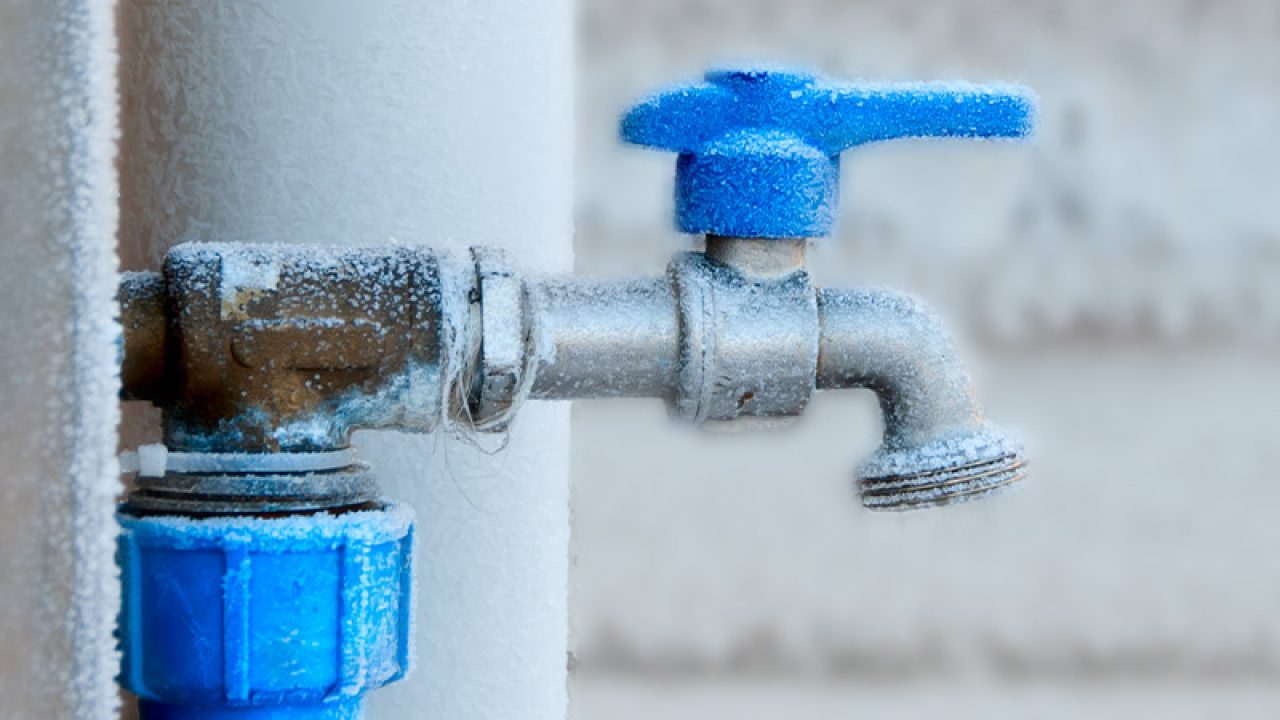They are making a number of good points on the subject of How to Prevent Your Pipes From Freezing in general in this content directly below.

Cold weather can wreak havoc on your plumbing, particularly by freezing pipes. Below's just how to avoid it from happening and what to do if it does.
Introduction
As temperature levels decline, the danger of icy pipelines rises, possibly leading to expensive repairs and water damage. Understanding exactly how to avoid icy pipelines is crucial for home owners in cold environments.
Recognizing Frozen Pipes
What causes pipes to freeze?
Pipes ice up when exposed to temperature levels listed below 32 ° F (0 ° C) for expanded durations. As water inside the pipelines ices up, it increases, taxing the pipe wall surfaces and possibly causing them to rupture.
Threats and damages
Icy pipelines can bring about water interruptions, home damages, and expensive repair work. Ruptured pipelines can flooding homes and trigger considerable structural damages.
Indicators of Frozen Water Lines
Recognizing frozen pipelines early can avoid them from breaking.
Exactly how to determine frozen pipelines
Try to find lowered water flow from faucets, unusual smells or noises from pipes, and noticeable frost on revealed pipelines.
Prevention Tips
Protecting susceptible pipelines
Cover pipelines in insulation sleeves or use heat tape to safeguard them from freezing temperature levels. Focus on pipes in unheated or outside areas of the home.
Heating strategies
Keep indoor spaces sufficiently warmed, especially areas with pipes. Open cabinet doors to allow warm air to flow around pipelines under sinks.
Securing Outdoor Pipes
Yard pipes and outdoor faucets
Detach and drain yard hose pipes prior to winter season. Mount frost-proof spigots or cover exterior taps with insulated caps.
What to Do If Your Pipelines Freeze
Immediate activities to take
If you presume frozen pipes, maintain taps open up to soothe pressure as the ice melts. Use a hairdryer or towels taken in hot water to thaw pipes gradually.
Long-Term Solutions
Architectural modifications
Think about rerouting pipelines far from exterior wall surfaces or unheated areas. Add added insulation to attic rooms, cellars, and crawl spaces.
Updating insulation
Purchase high-grade insulation for pipelines, attics, and wall surfaces. Appropriate insulation assists maintain consistent temperature levels and reduces the threat of frozen pipelines.
Conclusion
Stopping frozen pipelines calls for positive procedures and fast responses. By comprehending the reasons, indicators, and preventive measures, house owners can secure their plumbing during winter.
5 Ways to Prevent Frozen Pipes
Drain Outdoor Faucets and Disconnect Hoses
First, close the shut-off valve that controls the flow of water in the pipe to your outdoor faucet. Then, head outside to disconnect and drain your hose and open the outdoor faucet to allow the water to completely drain out of the line. Turn off the faucet when done. Finally, head back to the shut-off valve and drain the remaining water inside the pipe into a bucket or container. Additionally, if you have a home irrigation system, you should consider hiring an expert to clear the system of water each year.
Insulate Pipes
One of the best and most cost-effective methods for preventing frozen water pipes is to wrap your pipes with insulation. This is especially important for areas in your home that aren’t exposed to heat, such as an attic. We suggest using foam sleeves, which can typically be found at your local hardware store.
Keep Heat Running at 65
Your pipes are located inside your walls, and the temperature there is much colder than the rest of the house. To prevent your pipes from freezing, The Insurance Information Institute suggests that you keep your home heated to at least 65 degrees, even when traveling. You may want to invest in smart devices that can keep an eye on the temperature in your home while you’re away.
Leave Water Dripping
Moving water — even a small trickle — can prevent ice from forming inside your pipes. When freezing temps are imminent, start a drip of water from all faucets that serve exposed pipes. Leaving a few faucets running will also help relieve pressure inside the pipes and help prevent a rupture if the water inside freezes.
Open Cupboard Doors
Warm your kitchen and bathroom pipes by opening cupboards and vanities. You should also leave your interior doors ajar to help warm air circulate evenly throughout your home.

I stumbled upon that article about How to prepare your home plumbing for winter weather when doing a search on the web. I beg you pause to distribute this blog posting if you appreciated it. Many thanks for your time. Come back soon.
Click